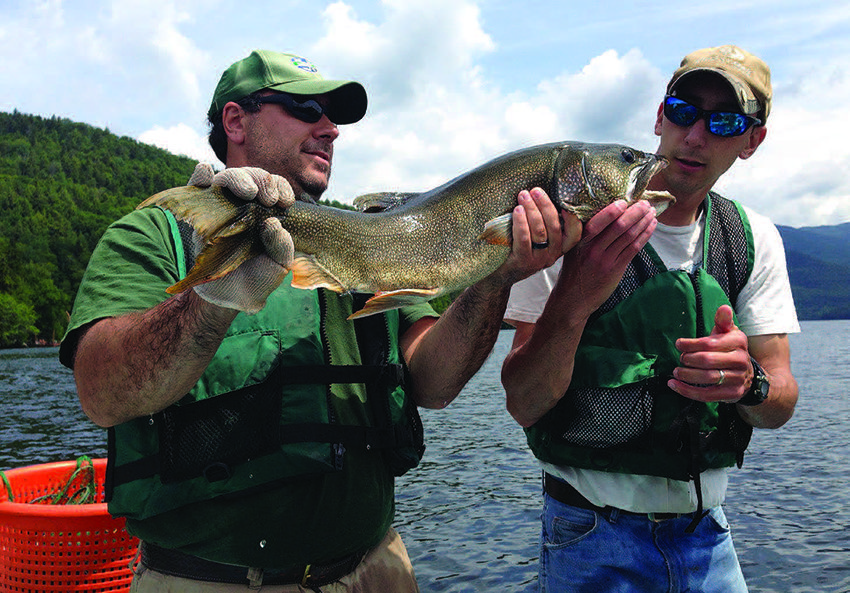Cold Calculation
Sometimes the truly awful news doesn’t reveal itself until a long time later.
Back in the 70’s, when kids spent much time swimming in an Adirondack lake, two things would happen. First, their eyes would turn pink, as if they had spent the same amount of time in a chlorinated pool. It was very mysterious since the water seemed as pure as could be. But over time, folks came to realize that the clarity of the water was also evidence of high quantities of acid. (One lake was determined to have a pH lower than vinegar.) Eventually, the source of the problem was determined: industrial activity in the Midwest was sending various acidic compounds airborne, which blew east and precipitated in the form of what came to be known as Acid Rain.
(If you want a primer on that, you can read it here.)
The second result of kids swimming in the north country is that they’d get out literally shaking from hypothermia. Because the water was friggin’ cold! Over time, folks determined that the reason that the water was so cold is that this is the Adirondacks, and the water up there is supposed to be that cold!!
Jump forward about 50 years. As anyone who visits the area these days can tell you, things have changed. As a result of Global Warming, all kinds of things across the entire ADK environment are, well, different. The winter carnival with the ice sculptures can barely be held, because the lake doesn’t hardly freeze. Ski resorts are failing. Folks are hiking up the High Peaks in the winter. Swimming season starts in May. And down at the hardware store, they are selling out of fans and *air conditioners*. Sure, it has some pleasant aspects to it, but it’s, um, it’s wrong.
And this is happening just as the first symptom is abating. Thanks to some excellent regulations by the EPA and other agencies, acidity levels have been dropping for years. Which means that not only the lakes but the entire ecosystem is springing back to life.
Ugh. It turns out that the legacy of Acid Rain is worse than imagined. Much of the delicate ADK soil is damaged, and can’t retain weak organic acids. So all this new growth is creating a lot of runoff of organic materials into the lakes and rivers, a condition known as ‘browning.’ Meanwhile, rising temperatures are fueling these growth trends while directly increasing the temperature of the lakes.
And what happens when a lake that was created to be cold and clear becomes warm and muddy? It loses a lot of oxygen. And as a result, the fish start choking. Specifically, the big deep-water species like lake trout and land-locked salmon, the iconic beauties of the ADK.
In a report just released from Cornell University, researchers have compiled a database of 1467 Adirondack lakes, and have concluded that, other than a very few that are deep enough to contain pockets of clear, cold water, most won’t be able to sustain any populations of big, deep water fish. To put a fine point on it, they estimate that, going forward, only 5% of all ADK lakes will support any populations of trout and salmon.
Five percent.
And so, the nasty ramifications of climate change continue to reveal themselves. And it’s one swish forward and two swishes back for the largest nature preserve in the continental United States.
